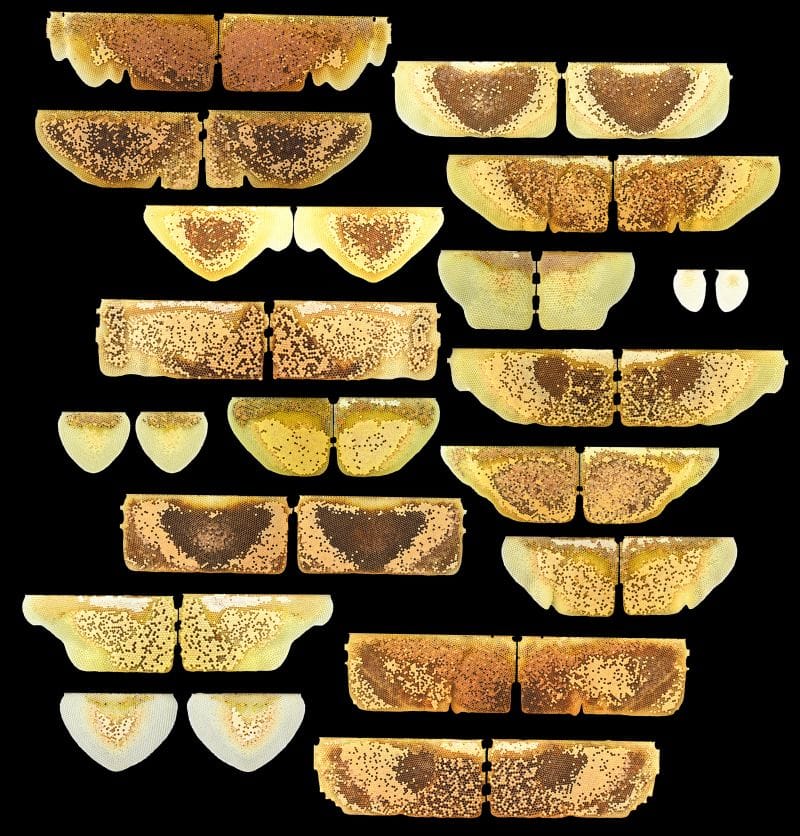Link to the full source article
RSS feed source: National Science Foundation
Mirroring the mechanisms that make human faces and bodies — and those of many multicellular organisms — symmetrical, bee colonies build symmetrical nests when they are placed on either side of a double-sided comb. The finding, published in Current Biology by U.S. National Science Foundation-supported researchers, extends examples of symmetry in biology to the behavior of communities and the architectural structures that they build.
In addition to the simple beauty of the mirrored combs, nest symmetry also helps the colonies adapt better. For example, two-sided nests grow more quickly, rear more brood and have a more stable thermal environment than one-sided nests.
“Akin to the location of plumbing in the construction of an apartment building, which often results in mirrored kitchens or bathrooms across apartments, bees originate their colonies based on a heat source, and thermal cues drive colony organization,” said Michael L. Smith, corresponding author on the publication and assistant professor in the department of biological sciences at Auburn University. “Heat cues direct where the nest is initiated and where the queen begins laying eggs, but the entire nest is symmetrical, including their pollen and honey stores.”
